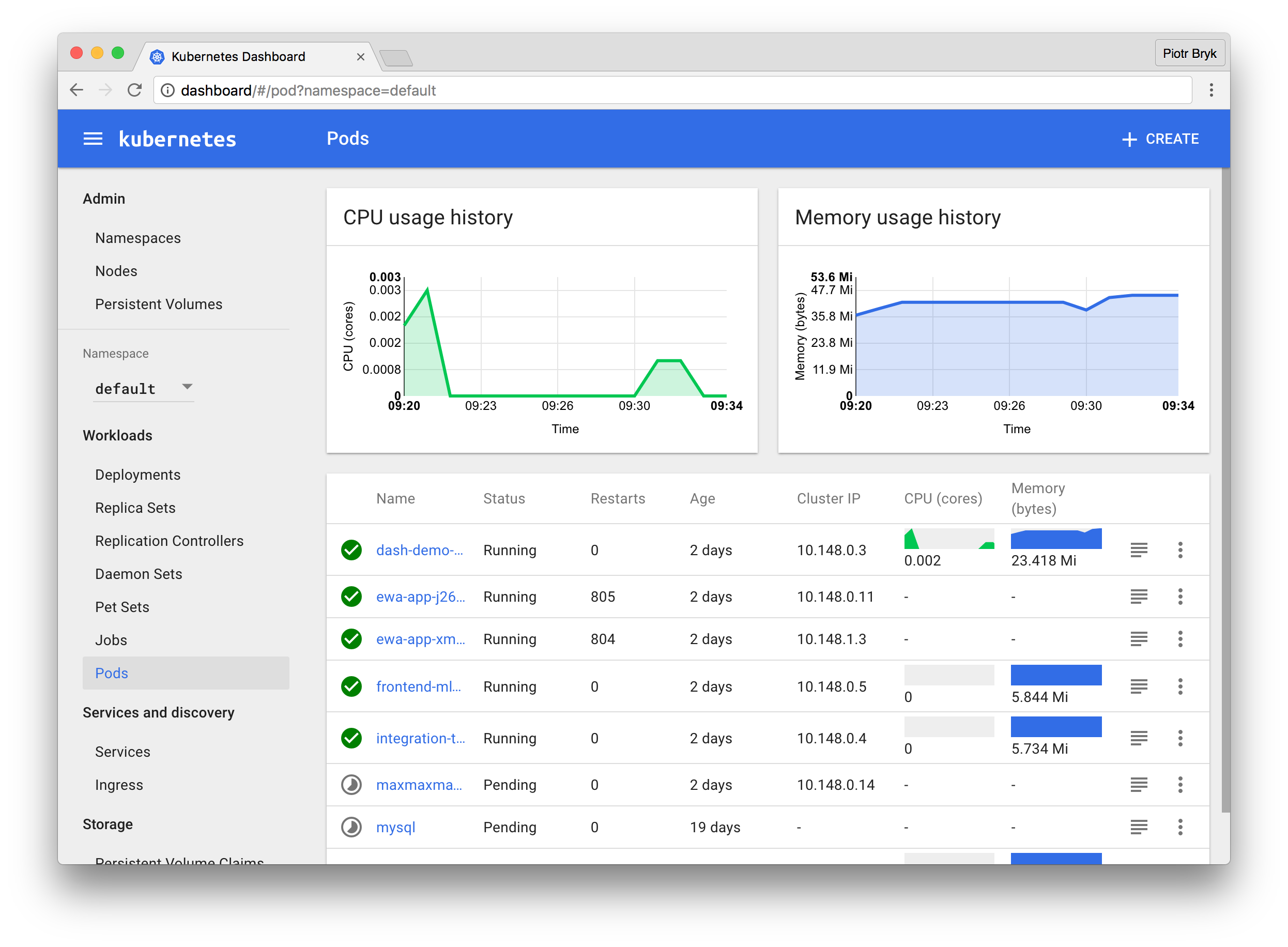 NEWS
NEWS
 NEWS
NEWS
 NEWS
NEWS
Google’s Kubernetes project is well on the way towards becoming the de facto standard for running containers at scale, and the release of Kubernetes 1.4 promises to cement its status as the top choice for most organizations.
Kubernetes has already established a reputation for being more powerful than its closest rival, Docker Swarm, even though its considered to be more difficult to manage. But with version 1.4, the platform should be much easier to set up and work with, while adding lots of new functionality into the mix.
On the ease-of-use front, the latest version of Kubernetes comes with a new Dashboard UI that offers 90 percent of command line interface functionality paired with at-a-glance management, which is intended to make it much easier to get the platform up and running.
Kubernetes 1.4 also makes it easier to create clusters with the addition of kubeadm, a feature that reduces bootstrapping to just two commands, without any complex scripts. Once installed, kubeadm init kick starts the master, while kubeadm connects the nodes to the cluster.
Installation is further streamline because the new version packages Kubernetes with its dependencies for major Linux distributions like Red Hat Enterprise Linux (RHEL) and Ubuntu 16.04. What this means is it’s possible to install Kubernetes with familiar tools like apt-get and yum.
The new version also comes with expanded stateful application support, making it easier to run existing applications (non cloud-native apps) in containers. Currently, many stateful applications need extra features before they can be containerized, so Kubernetes 1.4 is including the following features to make it easier to get them up and running:
Kubernetes also comes with new cluster federated API additions that let users build applications with clusters that span regions and clouds, using the following beta functions:
The new release also offers new security functionality, such as the ability to add varying sets of permissions among tenants, infrastructure components, and system end-users. Those features include:
The full list of new features can be found here, but the overriding message seems to be that Kubernetes is rapidly evolving into the fully functional, easy-to-use container management system that organizations have been crying out for.
Kubernetes 1.4 can be downloaded over at get.k8s.io and also via GitHub.
Support our open free content by sharing and engaging with our content and community.
Where Technology Leaders Connect, Share Intelligence & Create Opportunities
SiliconANGLE Media is a recognized leader in digital media innovation serving innovative audiences and brands, bringing together cutting-edge technology, influential content, strategic insights and real-time audience engagement. As the parent company of SiliconANGLE, theCUBE Network, theCUBE Research, CUBE365, theCUBE AI and theCUBE SuperStudios — such as those established in Silicon Valley and the New York Stock Exchange (NYSE) — SiliconANGLE Media operates at the intersection of media, technology, and AI. .
Founded by tech visionaries John Furrier and Dave Vellante, SiliconANGLE Media has built a powerful ecosystem of industry-leading digital media brands, with a reach of 15+ million elite tech professionals. The company’s new, proprietary theCUBE AI Video cloud is breaking ground in audience interaction, leveraging theCUBEai.com neural network to help technology companies make data-driven decisions and stay at the forefront of industry conversations.